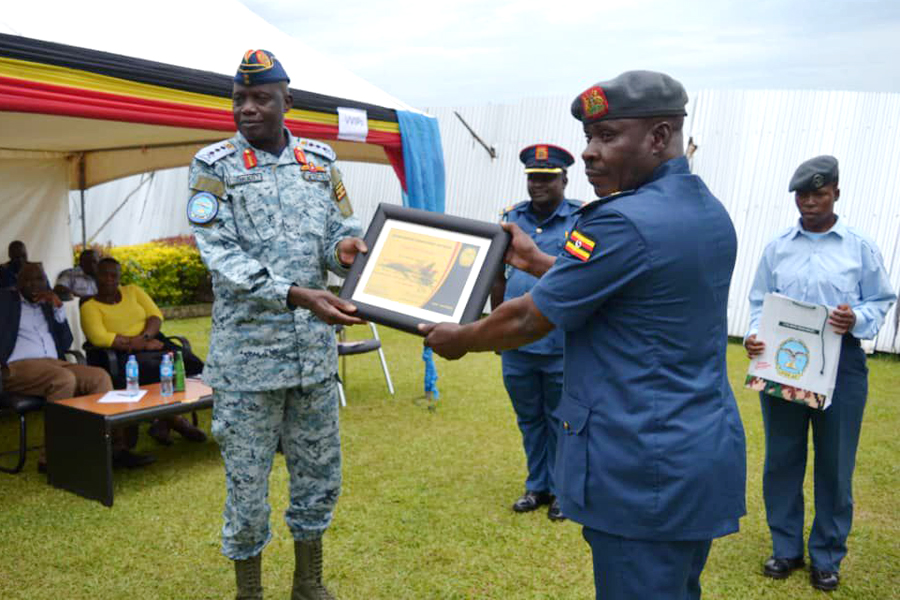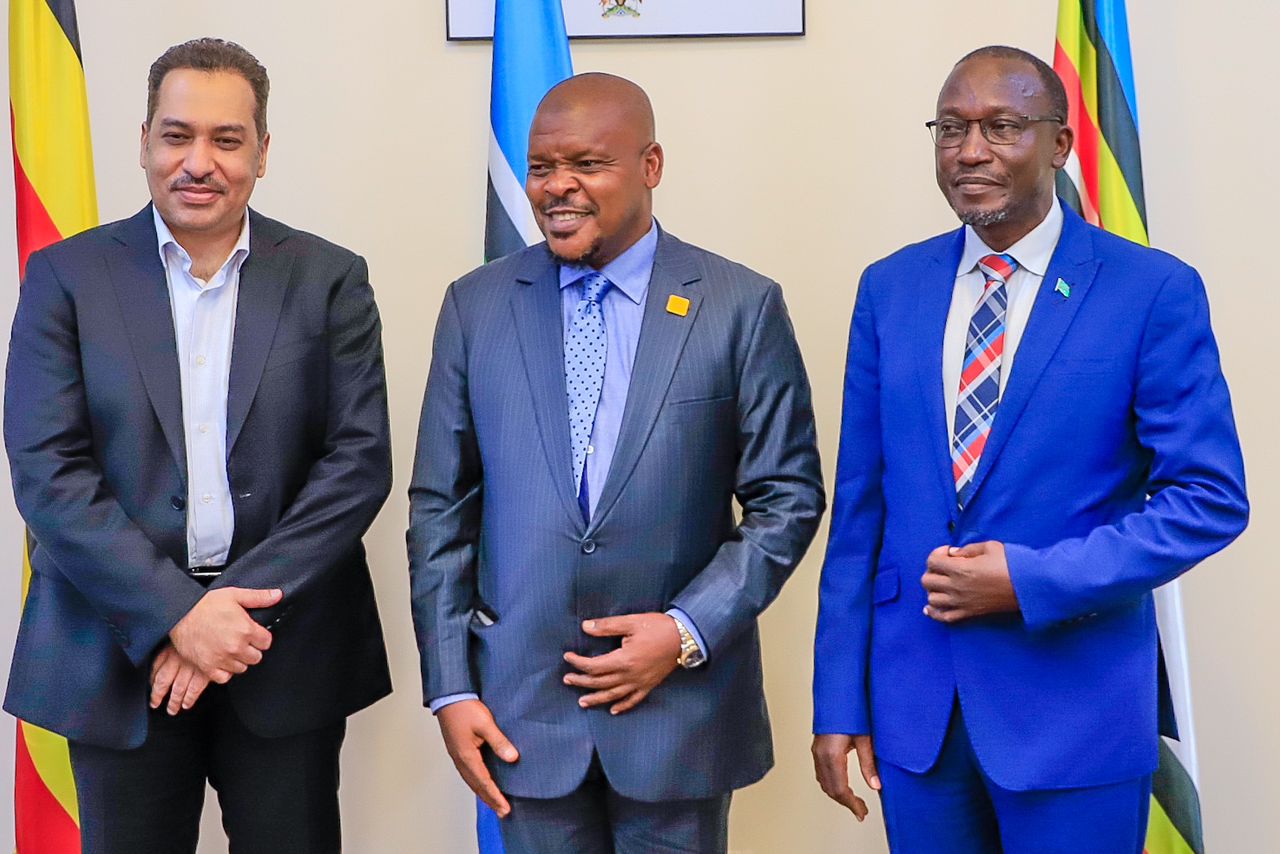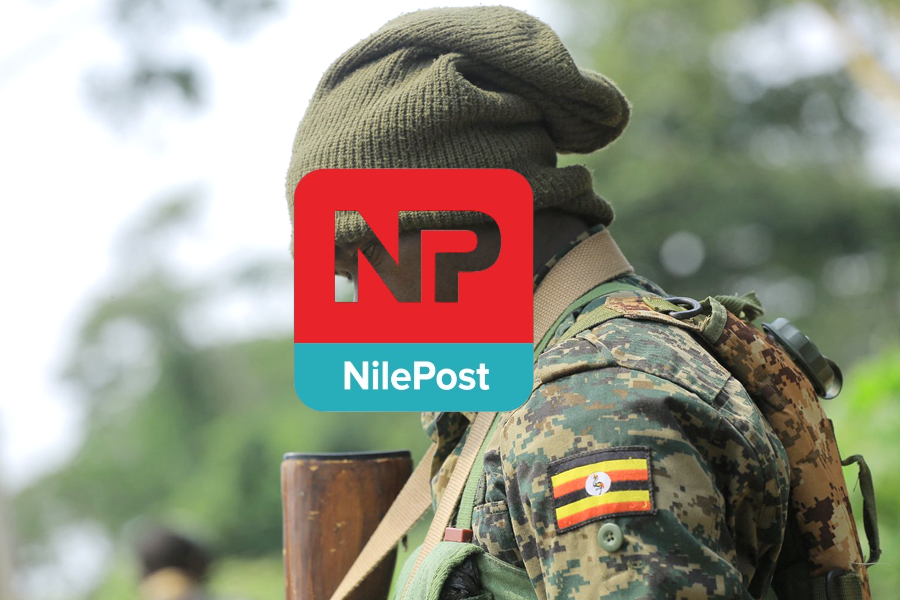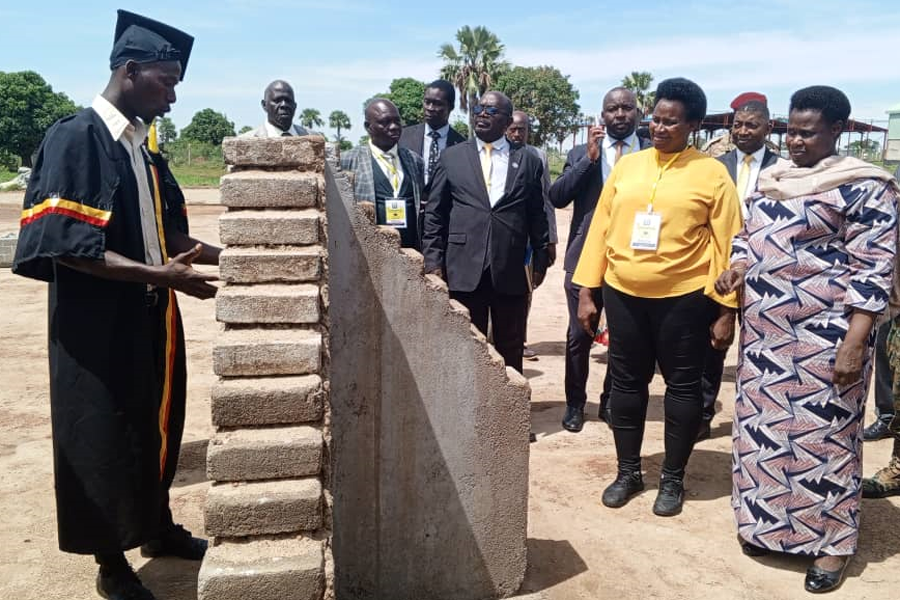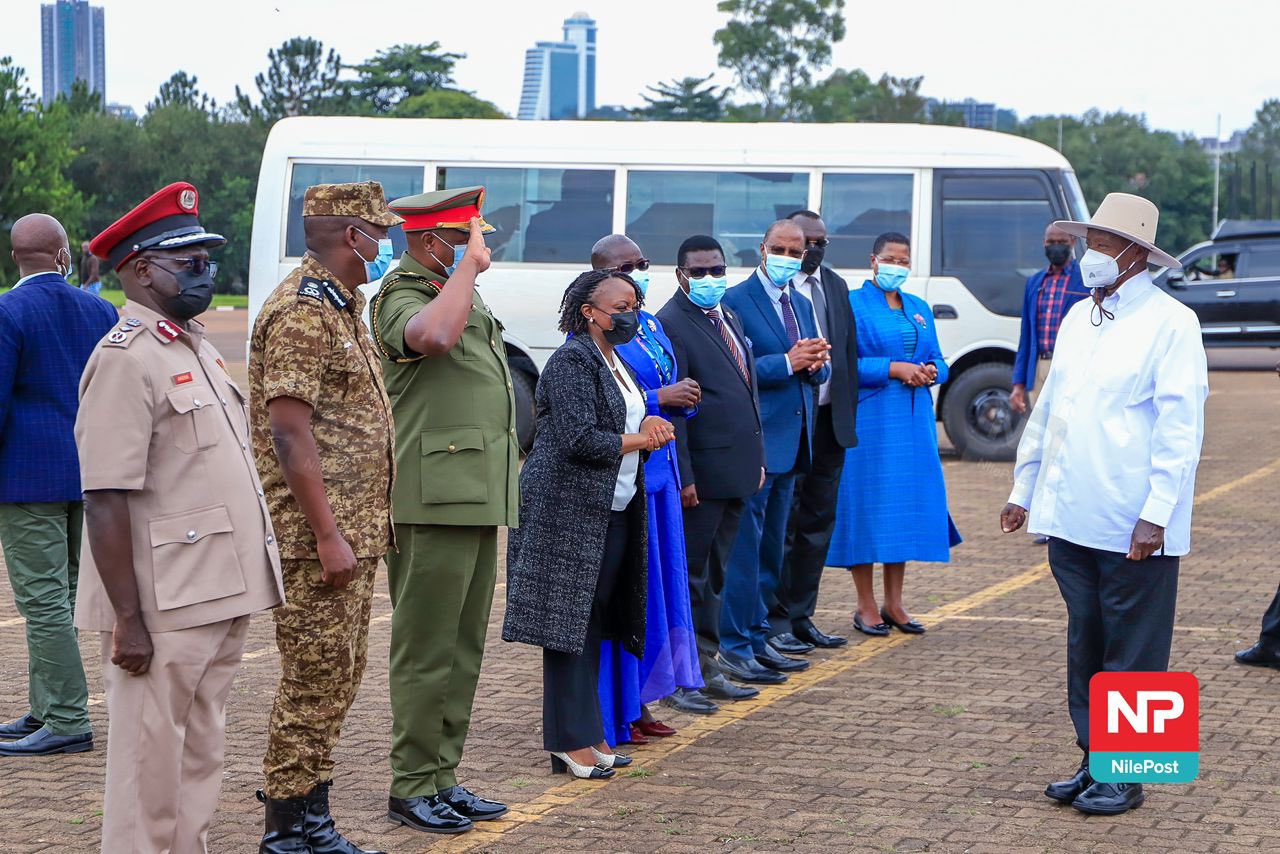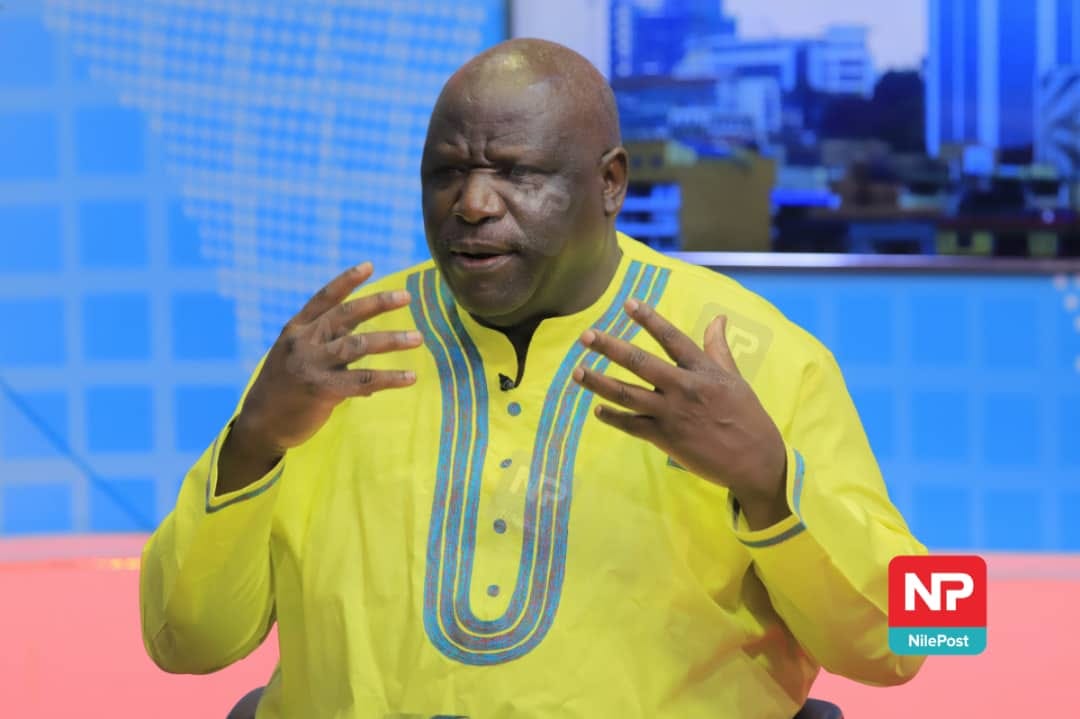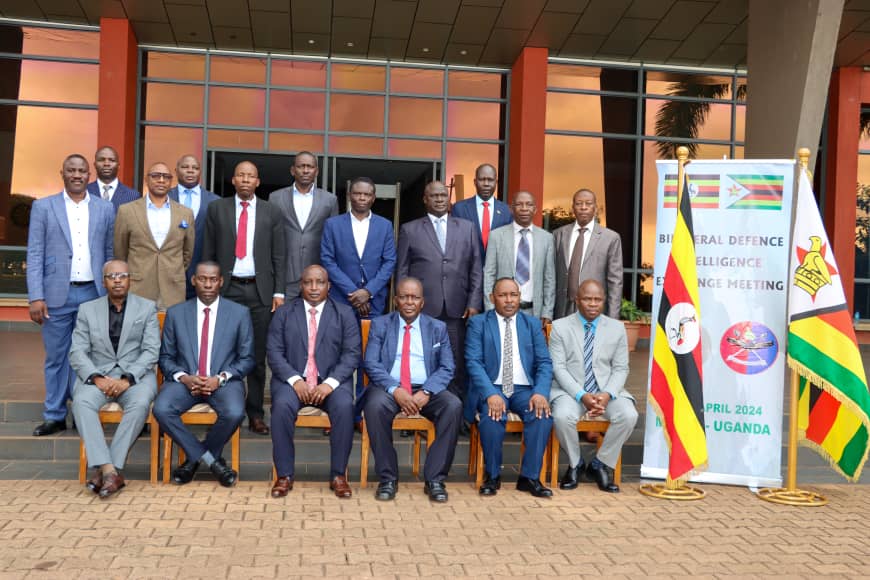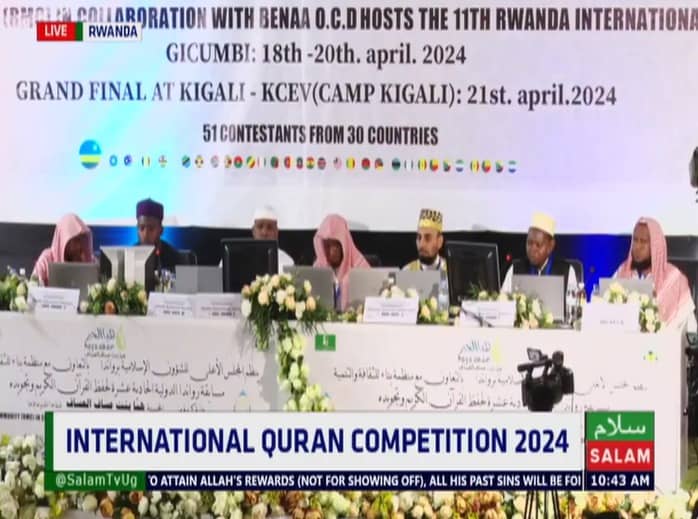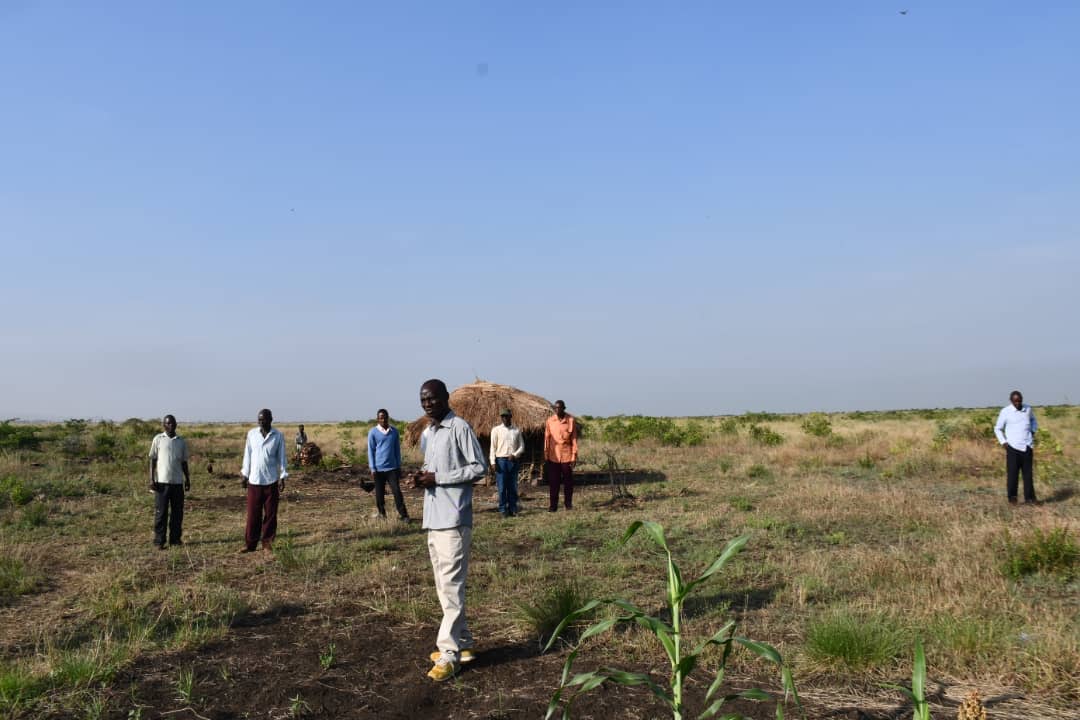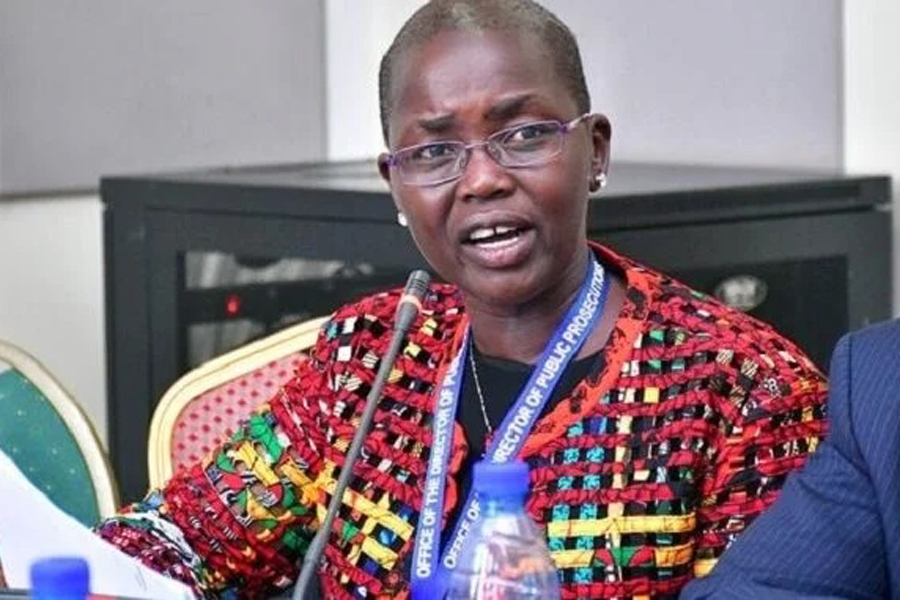Big Interview: Vandalism, limited finance affecting the progress of Uganda Railways Corporation
Uganda Railway Corporation (URC) has highlighted some of the challenges affecting its growth including vandalism, limited finance among others.
In an interview with the Nile Post, John Linonn Sengendo, URC Senior Public Relations and Communication Officer who shared with us a number of issues said the issue of vandalism and encroachment can be dealt with through amendment of the Railways Act.
Excerpts below:
*******************************
First thing first, how far is the Standard Gauge Railway (SGR) project?
The Standard Gauge Railway project is still on course. The delays in implementation were due to lack of financing for the project. It should be noted that construction railway infrastructure is a very capital-intensive venture.
Which Uganda Railways lines are currently operational and which ones are open to the public?
Currently, the 251km line from Kampala to Malaba is fully functional. In addition, the Port bell and Nalukolongo lines are functional, but only for cargo. These will be removed and new ones constructed. Currently, passengers are transported from Kampala to Namanve as we wait for the completion of the Mukono connection to extend the service. We also have a number of sidling lines to the Namanve Industrial Park.
What is the corporation doing to expand passenger transport from Kampala to Kyengera, Matugga and other places?
Currently, we have projects lined up to not only extend, but also improve passenger experience on the track. In the short term we shall have the passenger service extended to Port bell, Kyengera and Mukono.
Construction of a new line from Kampala to Mukono will start in April this year. This line will not be what you see today. It will be different. We are going to build a line using concrete sleepers. The current line is a steel sleeper line. Concrete sleepers provide more stability to a railway line. The stability also allows for increased speeds at which the train moves.
The Port bell and Kyengera lines will also be concrete. At the end of these interventions, Ugandans from these areas will be able to save on time spent traveling, and also on the costs associated with commuting.
The same interventions will bring on board new passenger transport rolling stock. We are looking at two Diesel Multiple Unit (DMU) trains. These are faster, comfortable and carry more people. New coaches will also be added to cater for the big numbers of commuters.
These are not the only interventions on the rails. More will be made to save Ugandans from the high cost of travel and movement of goods.
How is the Uganda Railways ensuring proper management of its resources?
URC is a self-financing body. What we earn from the transportation of cargo and from renting out our property, warehousing and others is what we spend. URC is one of the very frugal entities in the country because, if we are not frugal, then we can’t run trains.
Resource management is guided by the approved finance manual and work plans, therefore whatever is done is planned. Also, the Corporation undergoes both internal and external audits that are aimed at making sure every penny that is spent is spent on the approved activities and accounted for.
What are some of the initiatives put in place to transform the corporation into a profitable and self-sustaining entity following the failed concession in 2018 and in line with vision 2040?
By the time the concession was terminated, most of the railway infrastructure was in a bad state. The railway line was not fit to transport cargo, accidents were many due to this, delays were rampant and cargo moved had reduced.
A lot of URC land had been encroached on and vandalism was very rampant. With interventions from the government aimed at revamping rail, these are destined to be history.
Works on the line commence in 2022. The China Road and Bridge Corporation (CRBC) was brought on board to do works on the line from Mukono to Malaba. The handover of the project is next month. Drainage Improvement (including Construction of new culverts, silt clearance of the drainage and Lining of side drains) have been done, bush cleaning, rehabilitation of steel bridges, i.e the Mpologoma bridge, refurbishment of existing rail track material and reinstall among others.
By 2018, the cargo volumes were too low. The interventions have seen the volumes increase to an average of 28,000 tonnes move on rail per month. The volumes will even increase after works have been completed on both the Meter Gauge Railway (MGR) and Standard Gauge Railway (SGR).
On human capital development, we have invested in capacity building programmes. In order to improve our service, the workforce is supposed to be up to date with best practices. Operating manuals have been improved and others put in place to drive the agenda of transforming the service.
Legally, the URC Act is being amended to fit into the current times. This Act will allow the Corporation to execute its mandate fully. For example, the Act seeks to make it very unpleasant for anyone to vandalise railway material. The punishments for this will be very tough. We are also looking at making encroachment on URC land history by providing for harsh punishments. We shall be demolishing structures at owners’ cost and also fine and prosecute them.
The Act will also help in pushing all heavy loads onto rail. This will improve our sustainability, but also improve the lifespan of our roads.
In 2021 the corporation bought four locomotives at shs48 billion and it is said they have gone to waste since the version of locomotives shipped into the country cannot be used. Is this true?
It is not true that the four locomotives cost Shs 48 billion. Absolutely false. The four locomotives were bought at Shs 42 billion. This money also included two years of spare parts and training for the operators of these locomotives. The remaining 6 billion was used to procure brand new reach stackers.
The process of procuring these items was transparent and followed due process. Ugandans also still believe that money for these items was sent to URC and that it’s URC that disbursed the same to the supplier. This is also false; the money was sent directly to the supplier. No money of these items ever got to the URC accounts.
We also saw reports that these locomotives were not fit for the line and that they were rotting away. Since these locomotives were procured, they have been transporting cargo. One only temporarily stops moving if it’s on service.
The locomotives procured are able to move over 1200 tonnes in one go from Mombasa to Kampala. One locomotive can move cargo equivalent to the same for over 30 trucks, and at a much affordable cost.
In 2022, URC embarked on an operation to demolish what it described as unpermitted structures on the railway line. How is the operation going?
In preparation for the African Development Bank project, and other projects aimed at reviving railway transport in Uganda to serve the country as required URC conducted various exercises among which is the Resettlement Action Plan (RAP).
RAP, which was undertaken along the current railway network, was aimed at identifying and registering all occupants along the railway reserve for compensation before they are removed from the reserves.
In order to have a timeline to the activity, May 2022 was agreed upon as the deadline for registration and evaluation. All RAP activities were conducted with the knowledge and involvement of local leaders of the respective villages.
Cognizant of the fact that there would be a longer time of waiting before Project Affected Persons (PAPs) are finally paid to relocate, URC approved to undertake continuous sensitisation on the RAP, vandalism, safety among other things. URC also committed to stopping continuous settling in the reserve, because this would have an impact on the finances earmarked for compensation of the PAPs.
It is from the above that URC undertook to demolish all structures in the railway reserve constructed after the May deadline. This activity which commenced on 1st August 2022 will run until PAPs have been fully compensated.
On payment, no PAP has been paid yet, but the process of paying them is ongoing. We are undertaking a verification exercise to make sure that those registered are the real beneficiaries. We do not want any mess in this activity that may lead to paying imposters.
What are some of the challenges the corporation is facing?
Encroachment on URC land is a big issue. From Kampala to Malaba, Kasese, Gulu, and everywhere the line is or has ever been, people have taken over this land. In many areas, there are even “landlords” on government land.
There are so many things we can do with this land to make the Corporation sustainable, but we can’t. Many people now want to be compensated to leave land that was never bought.
Vandals are also making the rail line unfit in some areas for the movement of trains. Some of the accidents we have had with trains carrying cargo are due to vandalism. A driver will use the line from Kampala to Mombasa today, and by the time they are back, someone has vandalized the line. This is an act that should stop. People steal sleepers, and other rail material. In urban areas, people are stealing ballast (railway stones) to sell to construction sites.
The financing at our disposal is still limited. This in turn hinders our ability to make the much-needed improvements to the service. However, as those in the transport and logistics business come on board to use the service, we are optimistic the financing gaps will be closed.
Internal fights over jobs and money are to blame for the challenges affecting Uganda Railways Corporation. What is happening?
Internal fights are in many organisations. Staff are humans and have different needs. However, the fights over money and jobs being alluded to are not true. We as a Corporation follow the approved recruitment and remuneration policies.
How can the government assist in developing the corporation?
Investment in rail is very capital intensive. As a URC, this money may not be available. Government has invested in rail to improve the line. There are other things that need to be done to make the rail service good.
There is a need to increase the number of wagons to move cargo. These are “Gold” to us. They improve our capacity to move cargo nonstop.
More investment in passenger services is needed. Our desire is to have enough passenger transport facilities able to transport more passengers in all directions. This will reduce the pressure on the roads. Government should also expedite the amendment of the Railways Act. This will sort the issue of vandalism and encroachment.


